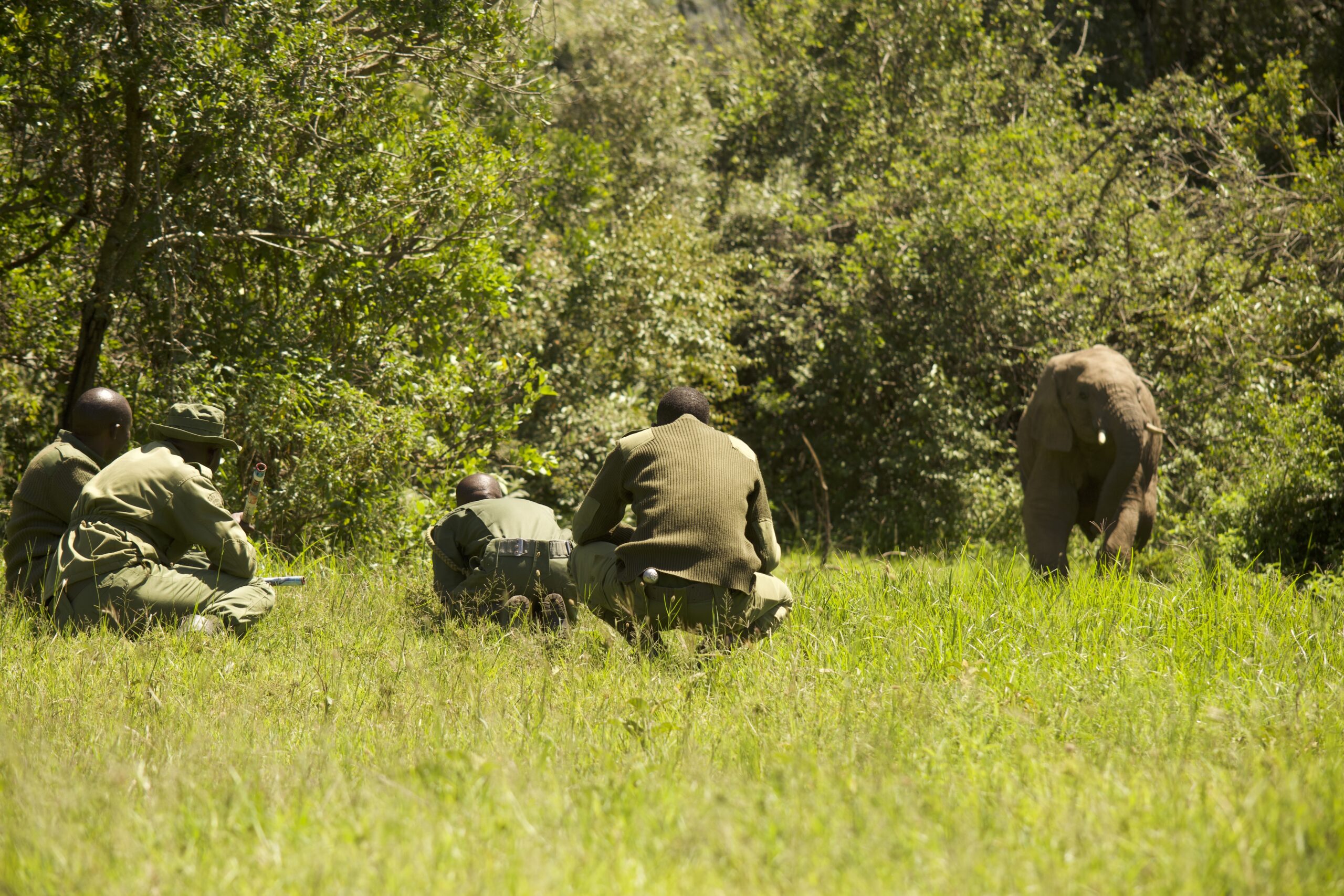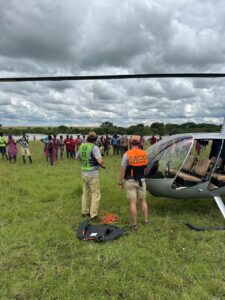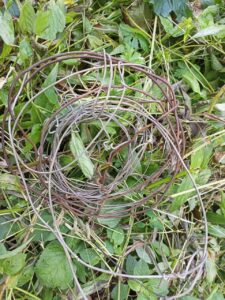 Mara Elephant Project finished 2023 strong. In December, the Mara Elephant Project / Sheldrick Wildlife Trust (SWT) Mau De-Snaring Unit rangers, the “Alpha” and “Charlie” teams, alongside Kenya Wildlife Service (KWS) and Kenya Forest Service (KFS) removed 35 snares, arrested eight habitat destruction suspects, destroyed 12 charcoal kilns and recovered an axe and three bags of charcoal. The MEP “Golf” team together with KWS and Oloisukut Conservancy rangers were very busy leading on the frontlines of human-elephant conflict mitigation and habitat protection inside the Nyakweri Forest. Overall, in December, MEP rangers alongside government partners arrested 21 habitat destruction suspects, confiscated 70 kg of bushmeat and removed 35 snares. They also confiscated 56 pieces of timber, 1,400 posts, destroyed 14 charcoal kilns, 14 sacks of charcoal and mitigated 10 conflict incidents. In December, MEP rangers covered a distance 1,476.3 km on foot and 10,773 km by car in the GME.
Mara Elephant Project finished 2023 strong. In December, the Mara Elephant Project / Sheldrick Wildlife Trust (SWT) Mau De-Snaring Unit rangers, the “Alpha” and “Charlie” teams, alongside Kenya Wildlife Service (KWS) and Kenya Forest Service (KFS) removed 35 snares, arrested eight habitat destruction suspects, destroyed 12 charcoal kilns and recovered an axe and three bags of charcoal. The MEP “Golf” team together with KWS and Oloisukut Conservancy rangers were very busy leading on the frontlines of human-elephant conflict mitigation and habitat protection inside the Nyakweri Forest. Overall, in December, MEP rangers alongside government partners arrested 21 habitat destruction suspects, confiscated 70 kg of bushmeat and removed 35 snares. They also confiscated 56 pieces of timber, 1,400 posts, destroyed 14 charcoal kilns, 14 sacks of charcoal and mitigated 10 conflict incidents. In December, MEP rangers covered a distance 1,476.3 km on foot and 10,773 km by car in the GME.


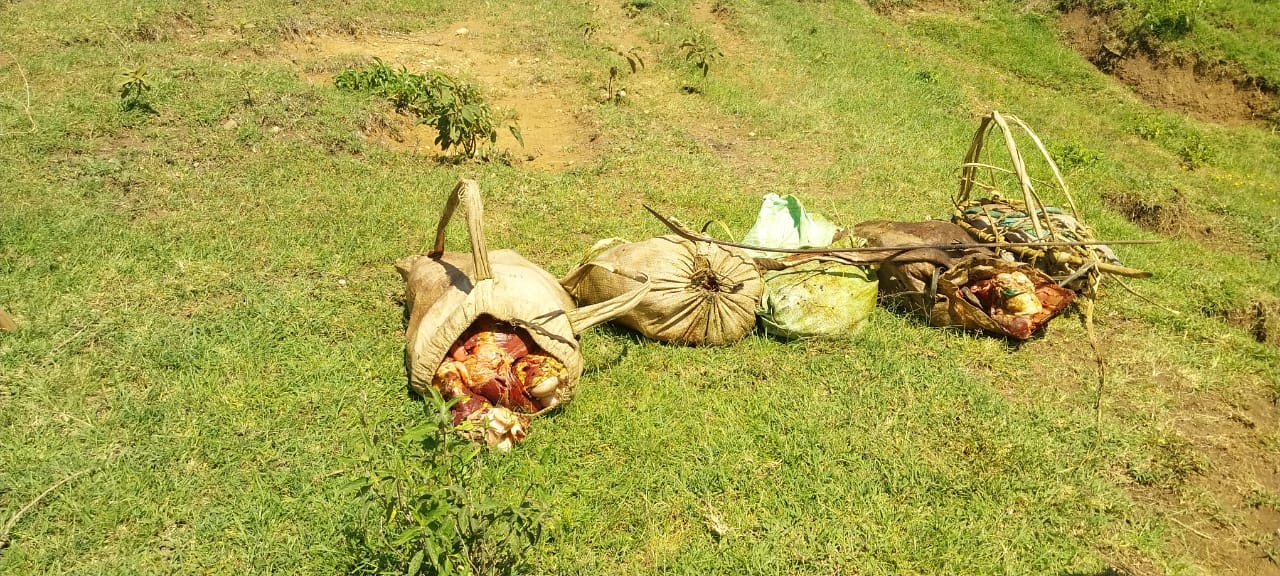
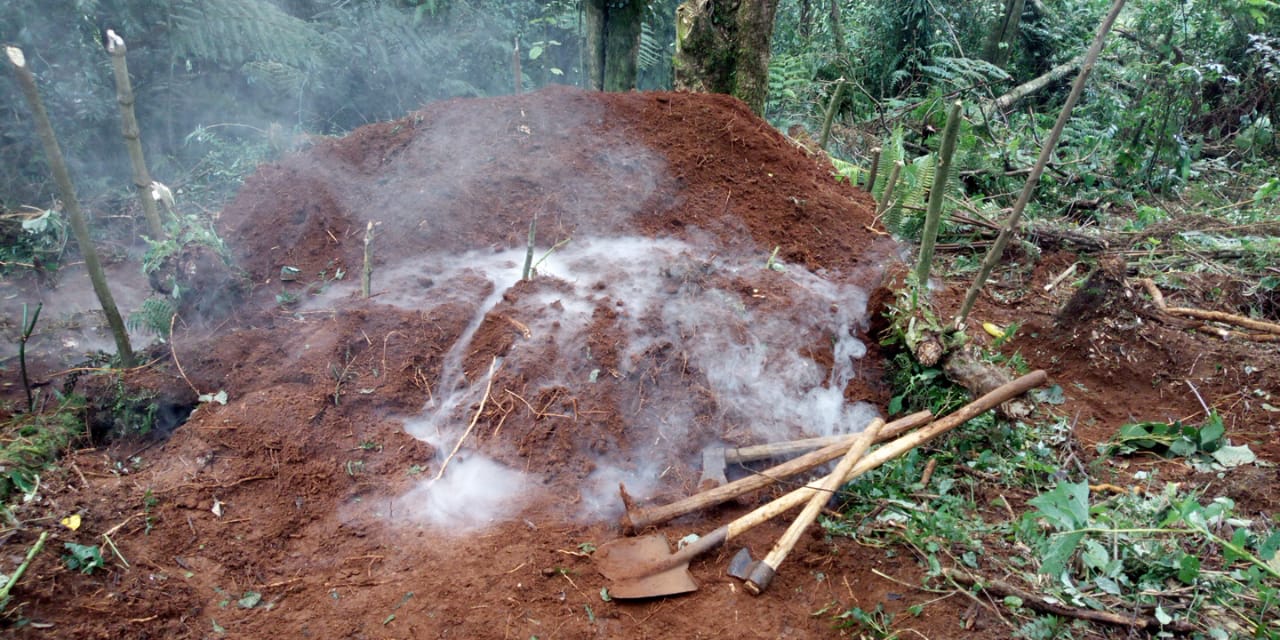
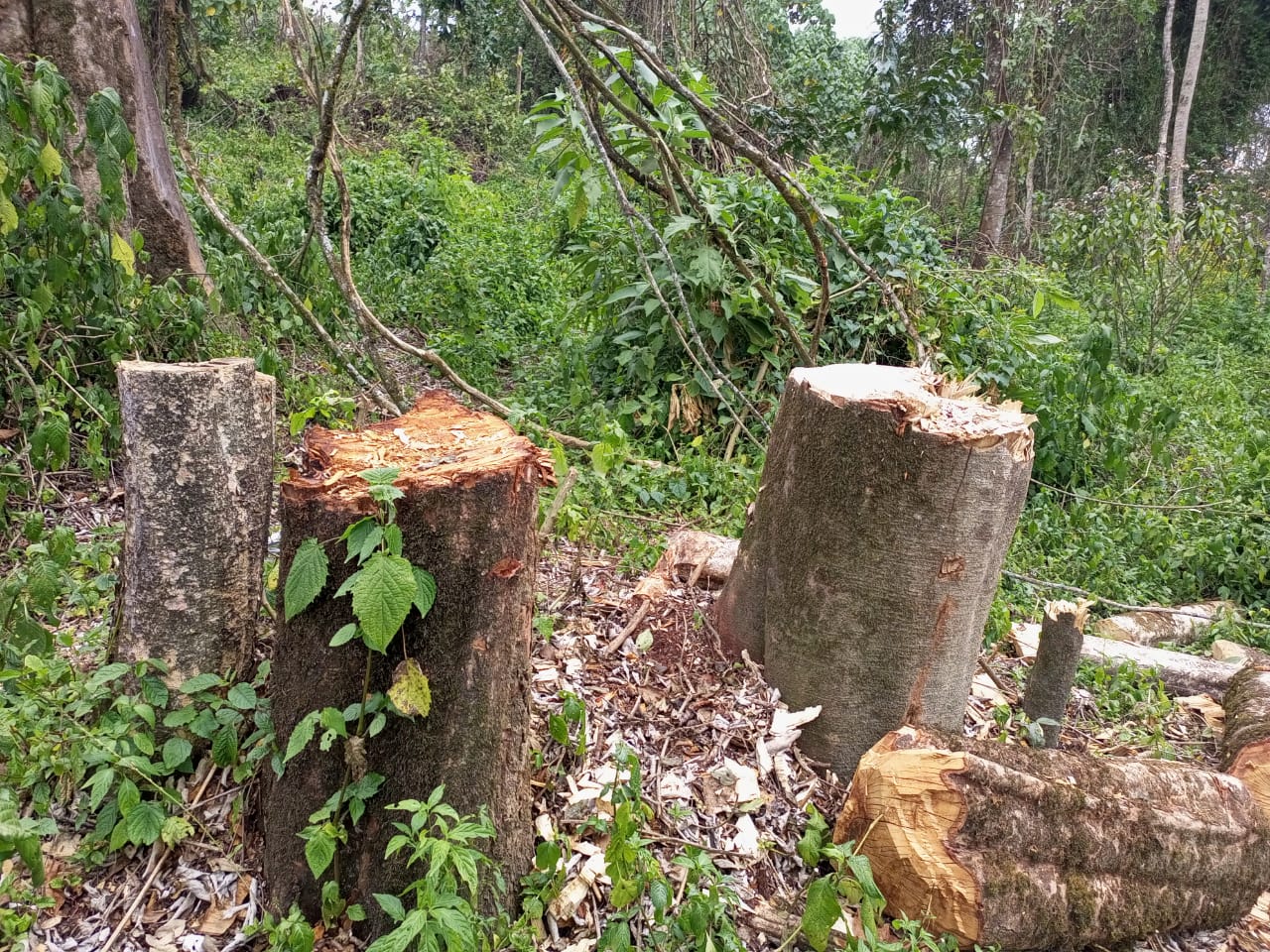
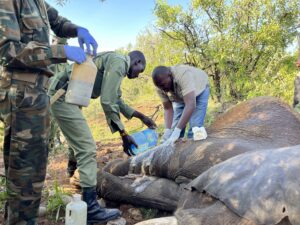 On December 18, the MEP “Foxtrot” ranger team was on a joint patrol with Mara North Conservancy rangers when they noted a bull elephant with an injury on his front leg. We immediately called in our partner KWS Vet Dr. Njoroge from the SWT Mobile Vet Unit to treat him for an arrow wound, most likely sustained during an encounter with the nearby community. The prognosis for a full recovery was good and our rangers are monitoring him as he recovers.
On December 18, the MEP “Foxtrot” ranger team was on a joint patrol with Mara North Conservancy rangers when they noted a bull elephant with an injury on his front leg. We immediately called in our partner KWS Vet Dr. Njoroge from the SWT Mobile Vet Unit to treat him for an arrow wound, most likely sustained during an encounter with the nearby community. The prognosis for a full recovery was good and our rangers are monitoring him as he recovers.
MEP rangers work tirelessly monitoring elephants during their daily patrols. In December, the MEP “Lima” ranger team monitored two large bulls in a very green Shompole area. One of the bulls has shorter tusks, which can happen during feeding or fighting. Elephants use their tusks to dig for water or salt licks and remove bark from trees to access fibrous food, which can be hazardous to these vital tools. Additionally, males may challenge one another for females and break a tusk. As you can see from his size, it’s clearly not holding him back as they enjoy their browsing.
Here is a video highlighting the monitoring activities by MEP rangers in December.
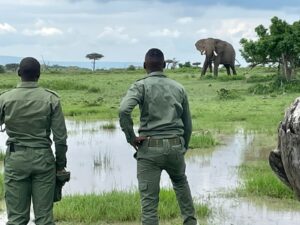 Several collared elephants were monitored by MEP rangers and researchers in December. Collared elephant Ivy was monitored by the long-term monitoring (LTM) team and rangers monitored collared elephants Bea, Matali, Gwen, Fred, Polaris and Kiambi.
Several collared elephants were monitored by MEP rangers and researchers in December. Collared elephant Ivy was monitored by the long-term monitoring (LTM) team and rangers monitored collared elephants Bea, Matali, Gwen, Fred, Polaris and Kiambi.
Collared elephant Indy was monitored alongside her less than 2-year-old calf.
Drones have become a vital tool to monitor elephants. In December, Fred’s collar triggered a low-speed alert, prompting the team to deploy a drone to closely monitor him, and luckily, he was observed doing well in Oloisukut Conservancy.
 On the MEP Co-Existence Farm, the month of December was characterized by high rainfall with an average of 10 ml per day, which fed the weeds and caused water logging leading to the degeneration of roots and death of crops like rosemary, thyme and eggplants. On the good side, the high rainfall improved grasslands in conservation areas bordering the farm which reduced predation in the farm from hippos and elephants while birds and vervet monkeys frequented the ripe produce like tomatoes and gooseberries. Due to the high rainfall, local community members were coming to the farm in search of seedlings for their kitchen gardens to take advantage of the rain.
On the MEP Co-Existence Farm, the month of December was characterized by high rainfall with an average of 10 ml per day, which fed the weeds and caused water logging leading to the degeneration of roots and death of crops like rosemary, thyme and eggplants. On the good side, the high rainfall improved grasslands in conservation areas bordering the farm which reduced predation in the farm from hippos and elephants while birds and vervet monkeys frequented the ripe produce like tomatoes and gooseberries. Due to the high rainfall, local community members were coming to the farm in search of seedlings for their kitchen gardens to take advantage of the rain.
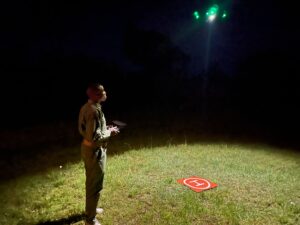 In December, our teams were busy addressing human-elephant conflict both day and night and drones continued to be a useful tool. MEP’s rapid response team responded using a drone to several different conflict incidents involving elephants inside fences and pushed the herds across the Mara River. MEP conducted a comprehensive night operation drone training at MEP HQ. Nine rangers completed the training and met the requirements set by the Kenya Civil Aviation Authority (KCAA). They will soon receive their licenses endorsed for night flying. To facilitate these operations, our pilots will be utilizing the Mavic 3T thermal drones donated by Elephant Cooperation and Rob’s Magic.
In December, our teams were busy addressing human-elephant conflict both day and night and drones continued to be a useful tool. MEP’s rapid response team responded using a drone to several different conflict incidents involving elephants inside fences and pushed the herds across the Mara River. MEP conducted a comprehensive night operation drone training at MEP HQ. Nine rangers completed the training and met the requirements set by the Kenya Civil Aviation Authority (KCAA). They will soon receive their licenses endorsed for night flying. To facilitate these operations, our pilots will be utilizing the Mavic 3T thermal drones donated by Elephant Cooperation and Rob’s Magic.
 In December, MEP partnered with The Maa Trust to host 27 students from 11 different schools for an elephant educational experience. The 2023 UltraMARAthon took place on December 2 and over 300 runners joined the race through a very muddy Mara. The MEP relay team consisting of Cosmas Bett, Joshua Karia, Benson Sunkuli and Philip Lenkume brought home the bull winning the marathon with a time of 3 hours and 21 minutes, officially cementing us as the fastest rangers in the Mara. Beyond participating, MEP was in the air and on the ground providing security for the runners. A special thanks to all of the runners, volunteers and sponsors that made this possible all to support MEP, Africa Mission Services (AMS), Mara Conservancies, and other conservancies working to protect the Mara’s wildlife and local communities surrounding this beautiful landscape.
In December, MEP partnered with The Maa Trust to host 27 students from 11 different schools for an elephant educational experience. The 2023 UltraMARAthon took place on December 2 and over 300 runners joined the race through a very muddy Mara. The MEP relay team consisting of Cosmas Bett, Joshua Karia, Benson Sunkuli and Philip Lenkume brought home the bull winning the marathon with a time of 3 hours and 21 minutes, officially cementing us as the fastest rangers in the Mara. Beyond participating, MEP was in the air and on the ground providing security for the runners. A special thanks to all of the runners, volunteers and sponsors that made this possible all to support MEP, Africa Mission Services (AMS), Mara Conservancies, and other conservancies working to protect the Mara’s wildlife and local communities surrounding this beautiful landscape.
Rohan Shah Photography
MEP is immensely grateful to all the photographers that submitted 222 total entries in The Greatest Maasai Mara photo competition to support our efforts in 2023. Thanks to them and the Angama Foundation, MEP received a $3,000 donation.
![]() The 2023 giving season came to a successful end and Mara Elephant Project USA met our $500,000 in December goal, receiving $516,017 in support. Thank you to everyone who got behind this campaign and made it a success. Mara Elephant Project Trust in Kenya received $4,837 in donations in December. Finally, in December, MEP hosted several members of the board at our headquarters in the Mara. We’re very proud to have a sound and passionate board steering us towards our mission of protecting elephants and their habitats across the Greater Mara Ecosystem.
The 2023 giving season came to a successful end and Mara Elephant Project USA met our $500,000 in December goal, receiving $516,017 in support. Thank you to everyone who got behind this campaign and made it a success. Mara Elephant Project Trust in Kenya received $4,837 in donations in December. Finally, in December, MEP hosted several members of the board at our headquarters in the Mara. We’re very proud to have a sound and passionate board steering us towards our mission of protecting elephants and their habitats across the Greater Mara Ecosystem.
